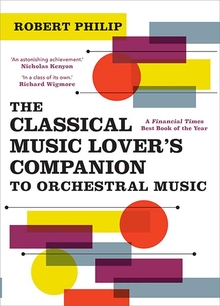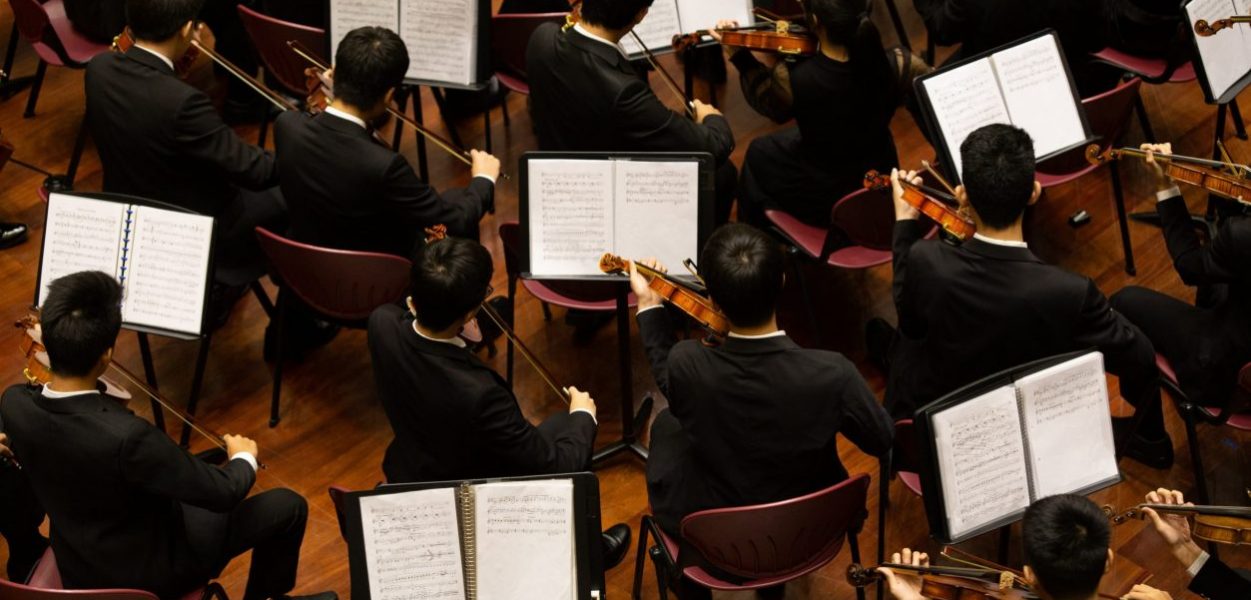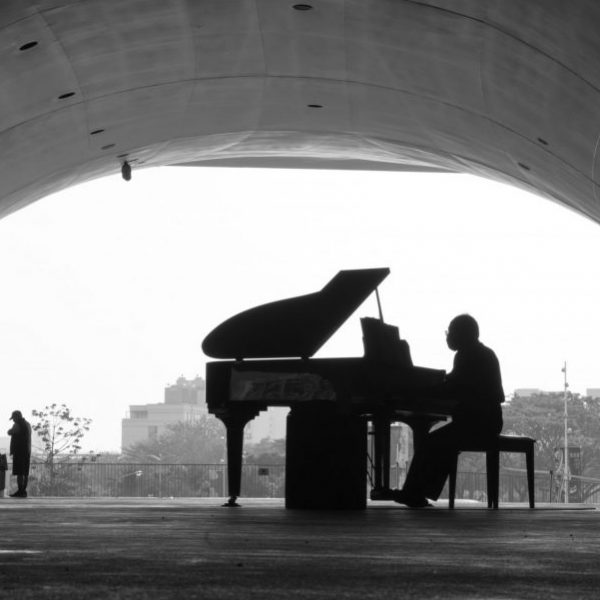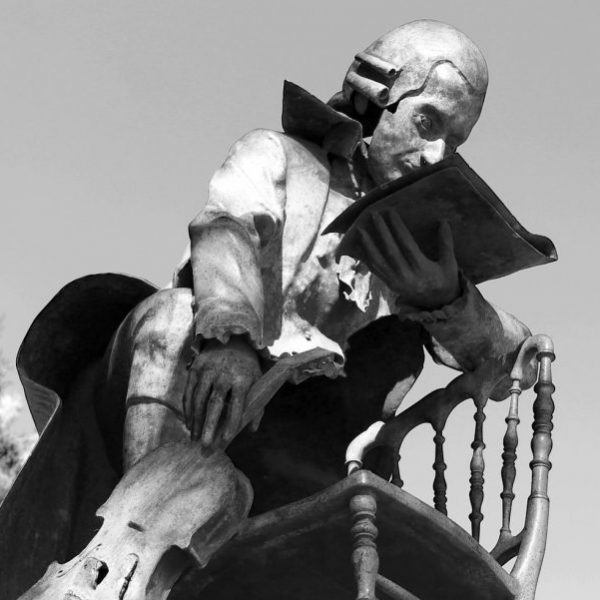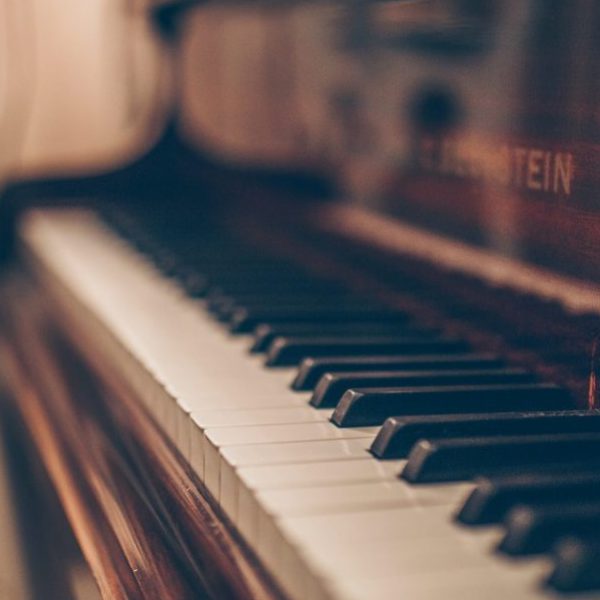A Guide to Handel’s Concerti Grossi, Op. 6
Robert Philip—
Of all the composers from continental Europe who settled in England over the centuries, Handel was the one who achieved the greatest celebrity, becoming established as a quintessentially ‘English’ composer. He first became famous as a writer of operas in Germany and Italy, then moved to England in 1712 and never left, developing an enormous reputation as a composer of operas, church music, and the type of dramatic religious music known as oratorio. In recent decades, Handel’s operas have increasingly been staged again after a long period of neglect. But it was his oratorios that left the most lasting impression after his death. They formed the highlights of the great Handel Commemoration held in Westminster Abbey and The Pantheon, London, in 1784, twenty- five years after his death, at the instigation of King George III. Messiah, performed in monumental style by mass choirs and orchestras, became the mainstay of every choral festival in Britain through the nineteenth and on to the mid-twentieth century. In the late twentieth century, the early music revival restored this and his other oratorios to a scale, and liveliness, more likely to be recognized by Handel and his contemporaries.
Handel also wrote a large body of instrumental music: sonatas for domestic use, and concertos and suites for public concerts, including his two famous works composed for royal occasions, the Water Music and the Music for the Royal Fireworks. Many of Handel’s concertos were composed for performance in the intervals of his own oratorios. These include organ concertos that Handel himself performed, and two sets of concerti grossi. The first set was a compilation by his publisher rather than a new composition, but the second set of twelve concertos, published as Opus 6, is largely new, and is a wonderfully inventive and varied group. The concertos represent Handel’s response to the Italian concerti grossi that were then fashionable. Handel was always ready to take advantage of the latest trend, but, being a consummate musician, he could be guaranteed to make something highly original and personal out of the genre.
Concerti Grossi, Op. 6, Nos 1–12, HWV 319–330
Durations: each concerto 11–16 minutes
In 1734, Handel’s publisher, John Walsh, issued as Handel’s Opus 3 a set of six concertos compiled and arranged from his existing works. The concerto grosso had become a popular genre following the appearance of Corelli’s Concertos, Opus 6, in 1714, and it was natural that Walsh would wish to take advantage of the fashion. Handel himself frequently reused his music, and although he may have had no hand in Walsh’s edition of his ‘concertos’, he is not known to have objected. Handel’s run of success as a composer of Italian opera was coming to an end, through a combination of competition and changes in fashion, and so he transferred his energies to the composing of English oratorios. As an added attraction, Handel took to performing organ concertos during his oratorios, and in 1738, Walsh published a set of them as Handel’s Opus 4. It was a logical step for Handel to follow with his own original set of concerti grossi.
He completed the set of twelve by the end of October 1739, and Walsh published them as Handel’s Opus 6, in a subscription edition. This was a publication of the highest prestige, whose subscribers included members of the royal family. Four of the concertos were entirely new – Nos 2, 3, 6, and 10. No. 11 and two movements of No. 9 were based on existing organ concertos, and the others were a mixture of new and reworked material. The result is a set of brilliant and varied concertos, far superior to the Opus 3 compilation, and more than worthy to stand beside Corelli’s famous Opus 6. As Charles Burney put it, ‘Handel sports with a band, and turns it to innumerable unexpected accounts, of which neither Corelli nor Geminiani had ever the least want or conception’. The style of the movements is extremely varied, including French Overtures, fugues, English, French, and Italian dances, movements almost like operatic arias, and sets of variations. Handel composed the entire collection in little more than a month, and they were first performed during his oratorios at the theatre in Lincoln’s Inn Fields, London, over the 1739–40 season.
The set of concertos includes many borrowings from Handel’s own works and those of other composers. This was entirely normal practice in the eighteenth century, when the musical world shared material freely without the modern obsession with ‘originality’ (or the modern protection of copyright). The concertos are scored for strings with basso continuo: that is, a bass instrument with harpsichord or organ (or both) filling out the chords indicated by figures. As in Corelli’s concertos, the strings are divided between a concertino group (two solo violins and cello) and the ripieno (full orchestra). Handel himself also added oboes when they were available, but they are not included in the published scores.
From Classical Music Lover’s Companion to Orchestral Music by Robert Philip. Published by Yale University Press in 2020. Reproduced with permission.
Robert Philip was a senior lecturer in music at the Open University, and is a well-known presenter on BBC Radio. He is the award-winning author of Performing Music in the Age of Recording.
Further Reading:
